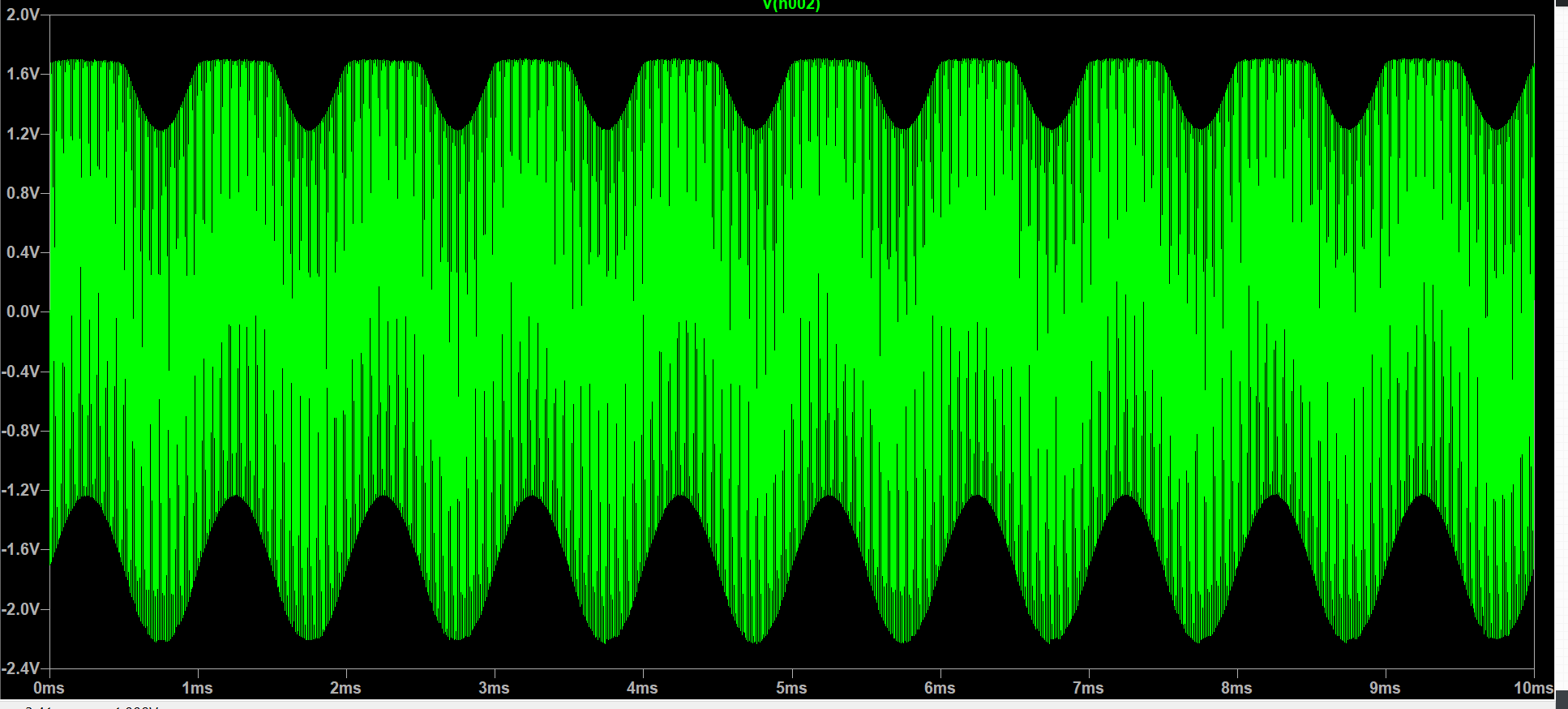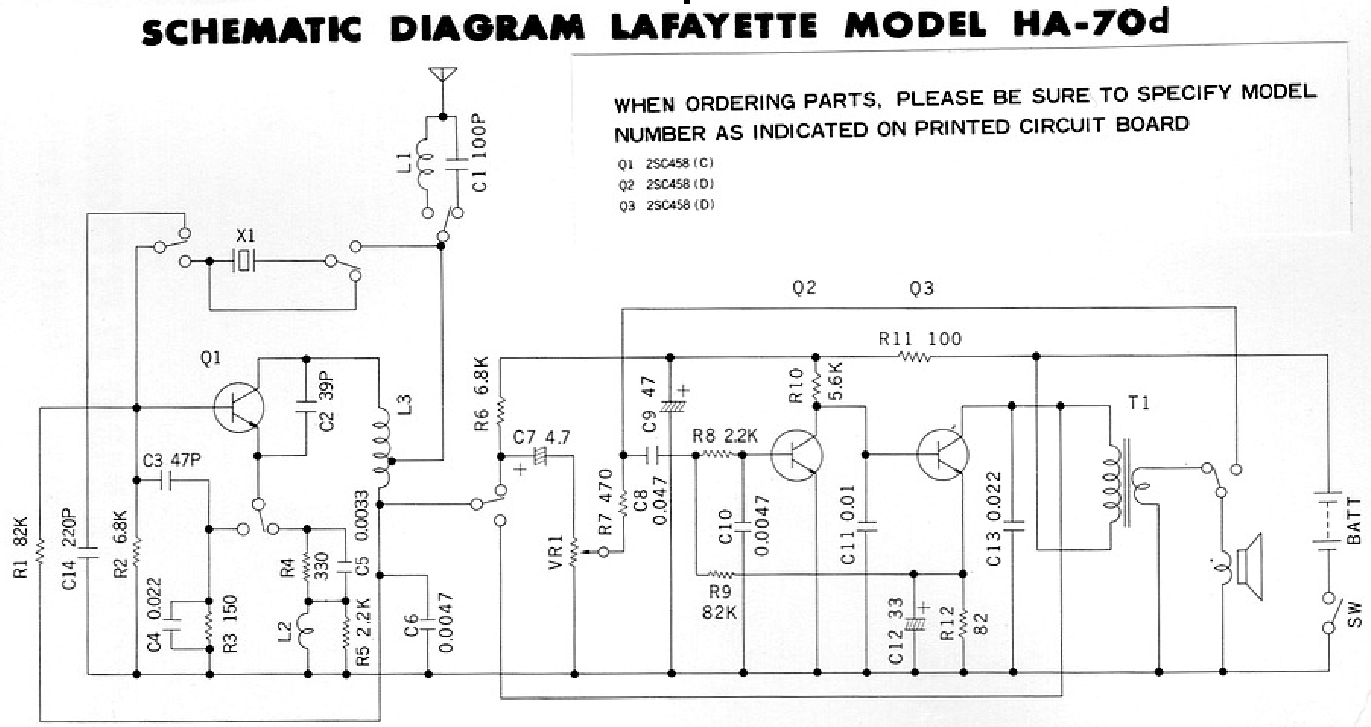You are doing well thus far. You want to vary the gain, not the DC component.
The gain is ratio of Rcollector / Remitter.
Rcollector is R5 || R3.
Remitter is (R4 + reac), where 1mA thru Q1 makes reac be 26 ohms, and 0.1mA makes reac be 260 ohms (its the gradient of the diode junction, or the transconductance).
======== edited 3/21/2020 with details on variable-gain components ==========
these components are based on your ORIGINAL circuit
One way to vary the gain is with 4 diode in series, biased at 0.1 milliamp.
Each diode is nominally 260 ohms ( for 5% or 16% changes in current),
thus the total is 4 * 260 = 1,040 ohms, for small signal operation.
This means with a few millivolts change in the diode voltage, the delta_V/delta_I of each diode will be (approximately) 260 ohms.
Now we need that 0.1 milliAmp DC biasing.
We can view a 0.1 ma current as needing 10,000 ohms per volt.
We have about 0.5 volts DC per diode, thus 2.0 volts across the 4. That leaves (12 - 2) = 10 volts across the resistor we'll add between top of diode chain and your +12 volts.
A 100,000 ohm resistor to +12volts provides the biasing.
To vary the resistance of the diodes from our nominal 1,040 ohms, we must vary the current using the modulation voltage. Connect a series RC network from the top diode to the modulation voltage. For low distortion, only change the current by +-10% at most. A 0.1ucap in series with 100,000 ohm, and ONE volt modulation, will inject 10uA varying current, thus only 10% change in diode chain (dynamic, small signal) resistance and thus 10% change in gain.
Now you need to have this varying-resistance network (4 diodes, 2 resistors, 1 cap) be able to vary the amplifier gain.
Add a 2nd capacitor from top of the diode chain to your emitter.
ohhhh reduce the collector to 1,000 ohms.
===================================== edit =========
Thank you for reminding me about the modulation voltage.
regarding the original circuit:
1) remove the modulation voltage from being in series with the 10,000 ohm emitter resistor
2) connect the modulation voltage to that series RC (DC blocked) network to the top of the 4 diodes.





